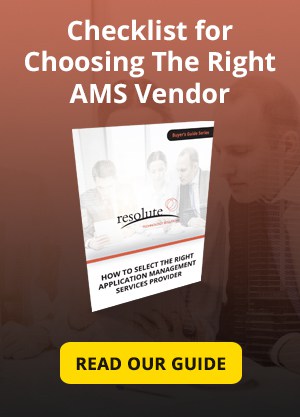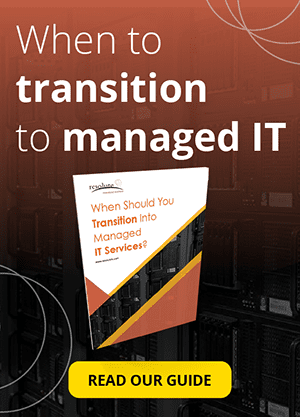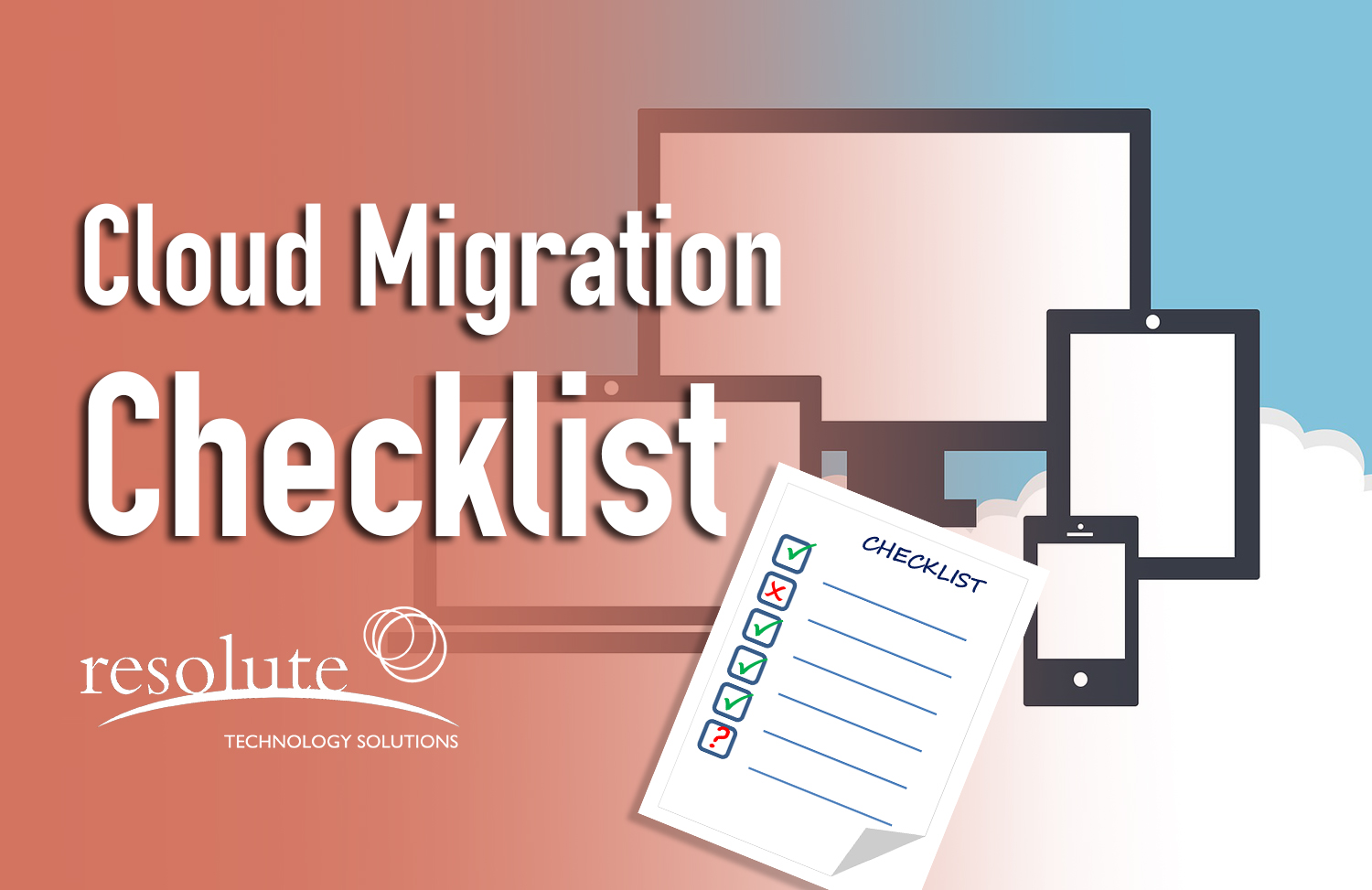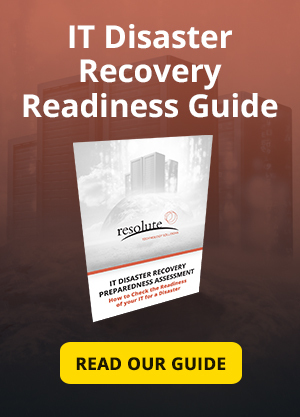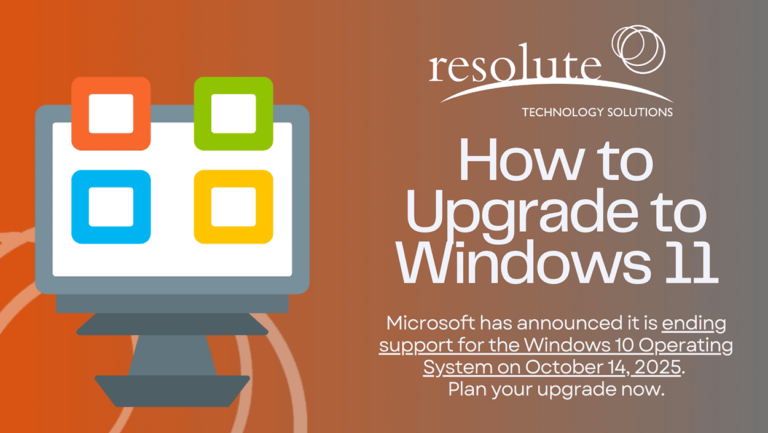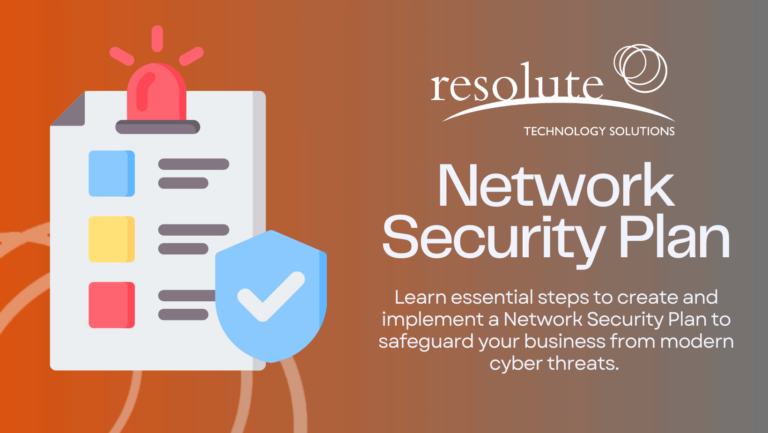Migrating work functions like email, infrastructure, and core business apps to the cloud can be a complex process with a lot of moving parts.
Cloud Migration Checklist
Successful cloud migration requires a diverse skillset, in-depth business and technology analysis, and active change management to ensure your organization can gain all of the efficiencies and cost-savings that the cloud has to offer.
There a lot of things to consider when planning a cloud migration. Here are eight essential steps to include on your cloud migration checklist.
.
.
1. Analyze Your Business and Technology Requirements
Starting at the top of the cloud migration checklist, the very first step organizations should take when planning out their cloud migration is to analyze your business requirements and processes and how a move to the cloud would impact them. If there are opportunities for efficiencies, businesses should look at optimizing processes before re-engineering them in a cloud environment.
From a business standpoint, investigate what impacts moving to the cloud will have on your data governance, security protocols and disaster recovery plans.
Organizations also need to look at how suited their apps and infrastructure are for a move to the cloud. Not every app and infrastructure set-up is an ideal candidate for cloud computing.
Here are a few reasons that may prevent an easy transition to the cloud:
- If your legacy apps need extensive modernization
- If your organization regularly needs to access and move massive files
- If your apps integrate with a lot of on-premise technology that can’t move to the cloud
- If you have specific rules around compliance and data security that prevent a public cloud solution
- If you collect sensitive data like financial or health information
2. Determine Whether You Can Manage a Migration Internally or Need a Partner
It can be invaluable to bring in a cloud consultant who can take an outside view of your organization’s specific requirements and provide guidance on the best path forward. That said, some businesses are equipped with everything they need in-house to pull off a successful cloud migration.
To determine whether you can manage your migration internally, ask yourself: do you have the skills to be able to plan, migrate, test, and support a shift to the cloud?
Typically, a business will want these types of professionals:
- Business Analyst
- Project Manager
- Architect (depending on the size and complexity of the migration)
- Infrastructure or Application Specialist
- Subject matter expert familiar with the business processes and use cases
- Security Specialist
–
There are many ways you can resource a cloud migration project. Options include:
Internal: If your team has the right skills and they have enough time to complete the project, you can plan to tackle the cloud migration completely in-house.
External Advice: You can hire an IT company to plan the migration than use your staff to execute the transition.
External Execution: If you have the right skills and expertise to put together the strategy for migrating to the cloud, your business can plan out the transition yourself and supplement with an execution team.
Complete Outsource: If your company is missing many of the skills for cloud migration and has never done this type of project before, the best option is likely to outsource to a company with expertise in this area. A trusted partner can help you avoid the cloud migration challenges your business may run into going at it alone.
3. Estimate Costs
An important item on your cloud migration checklist is making sure this project and on-going costs afterwards are within your organization’s budget.
A route many businesses take is to migrate over specific apps or functions in batches versus doing a full lift-and-shift of all apps to the cloud at once. Review which apps will benefit most from being moved to the cloud and which are relatively easy to move – then map out when you will migrate each one.
Businesses should not only estimate the labour of the transition but also ongoing changes to network and bandwidth costs. The costs will differ for each type of app you are hosting in the Cloud and if your organization has a custom app that wasn’t originally built for the Cloud – it can be more expensive to run there versus on-premise.
To Read More About Cloud Migration
4. Evaluate and Select a Cloud Vendor
If you’re doing a straight migration to the public cloud, you’re likely choosing between Google Cloud Platform (GCP), Amazon Web Services (AWS) and Microsoft Azure. There are other contenders that are edging their way into the Cloud hosting domain like IBM Cloud, Oracle, and Alibaba but most SMBs choose one of the top three.
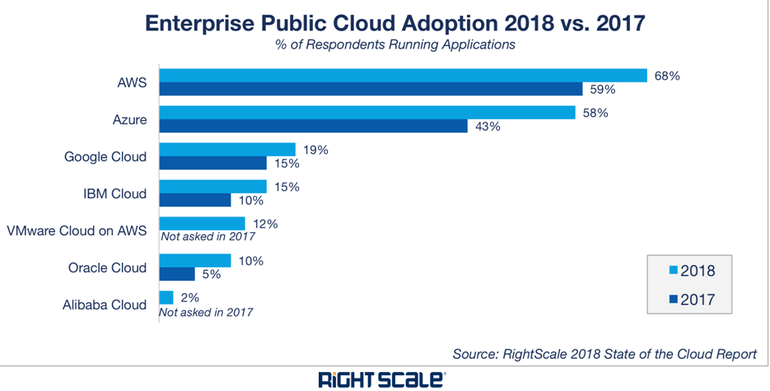
Image Source: https://www.zdnet.com/article/top-cloud-providers-2018-how-aws-microsoft-google-ibm-oracle-alibaba-stack-up/
Your decision will come down to your specific business requirements and what suite of apps you use to run your business. If a business operates primarily using Microsoft’s Office 365 and other Microsoft apps, Azure can be a good option.
Amazon Web Services:
AWS is the market leader in cloud services being in the cloud marketplace for 10+ years bringing a lot of maturity to their products. They are very focused on public cloud offerings and have a lot of tools organizations can implement to optimize their cloud solution.
Microsoft Azure:
Azure has specific benefits for enterprise companies and those looking to invest in a hybrid cloud solution. Microsoft is working hard to keep its cloud offering robust and enhanced integration with Microsoft products and data centres to facilitate hybrid environments.
Google Cloud Platform:
Built for cloud-native businesses, GCP is not as enterprise-focused but has access to a range of cutting-edge tools around advanced analytics, machine learning, and automation. It is not as mature as the other two cloud companies but can have more affordable or flexible contracts.
You can find a more in-depth comparison here: https://www.datamation.com/cloud-computing/aws-vs-azure-vs-google-cloud-comparison.html
5. Decide on Public, Private, or Hybrid Cloud
We’ve covered the pros, cons, and risks of Public vs. Private Cloud in a previous piece of content, Public vs. Private Cloud – Which is Right For Your Migration?.
Public involves buying space on a cloud providers infrastructure and moving your apps there. Private cloud means building the cloud infrastructure yourself within a data centre. Hybrid involves leveraging both options to split up your function on both public and private cloud hosting solutions based on their specific requirements.
If you are a smaller company with a limited IT team and skill set, public cloud migration is a good option as it requires less time to roll out and maintain.
If your organization has specific reasons such as compliance for extra layers of protection around your data, investigate a virtual private cloud set-up. It is essentially a private cloud built on public cloud infrastructure. That way you maintain a level of control without hosting and maintaining the entire infrastructure internally.
If your business needs to be able to retain full control over the environment and wants to reap cloud the benefits of centralized infrastructure, a private cloud environment may be the only option.
6. Plan Out Your Governance and Security Models for the Cloud
Often times, cloud migrations cause organizations to revisit their governance policies and strategy. When moving from on-premise to the public cloud, it’s important to identify what governance and security are in place from the cloud provider and what must still be managed by your organization.
If you are moving an on-prem app to the cloud or switching to a new SaaS application, you’ll need to assess the impact to processes and what it means for your team.
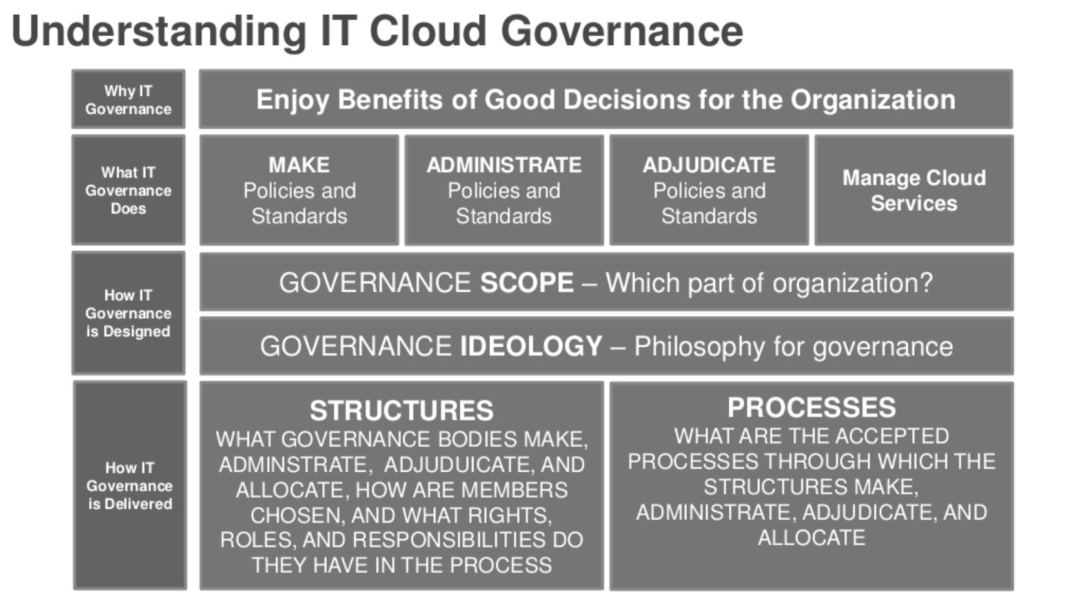
Image source: https://www.slideshare.net/AmazonWebServices/aws-reinvent-2016-governance-strategies-for-cloud-transformation-wwps302
7. Define Your Cloud Strategy and Create a Cloud Roadmap
One of the final items on a cloud migration checklist is creating the actual cloud strategy and roadmap. This is where businesses outline the migration timeframes per app or function, detail each team members responsibilities, and highlight cloud migration risks to avoid. Prioritize which things you are migrating first and what to do with your previous set-up.
Items to list in your cloud strategy and roadmap include, analysis, architecting your environment/cloud workflow processes, data migration, testing, and creating documentation around new processes. It can be extremely beneficial to plug all the pivotal tasks into Smartsheet or whatever project management software your company uses.
8. Outline and Follow a Change Management Plan
Part of your roadmap should include a change management plan. This involves necessary training and workshops for staff to understand changes to processes, technology, and most importantly – how it impacts them as an individual.
One of the main reasons digital transformations or adopting new technology fail is because organizations don’t plan on the human element, making it hard for staff and customers to adopt the new technology and processes.
Every migration is going to differ based on an organization’s specific technology and business requirements. With this cloud migration checklist, companies should be able to pinpoint key decisions that need to be made and highlight any areas they may be lacking resources, experience, or cloud migration challenges that may arise.

